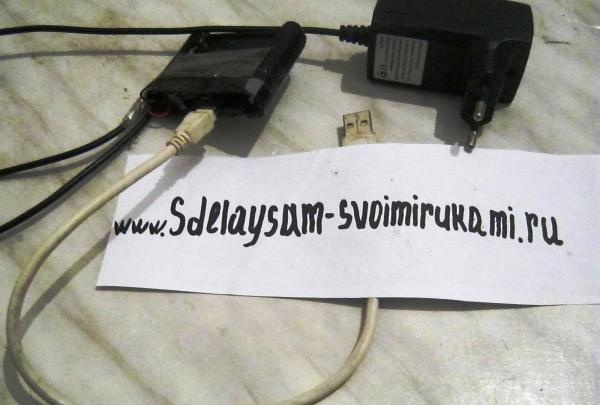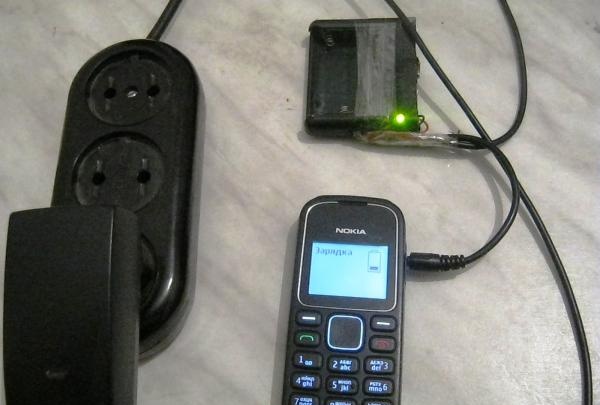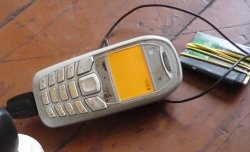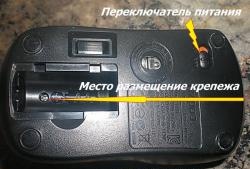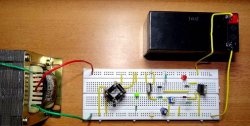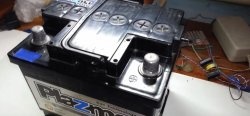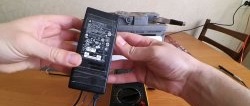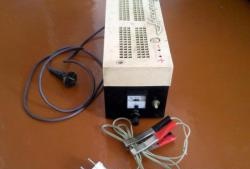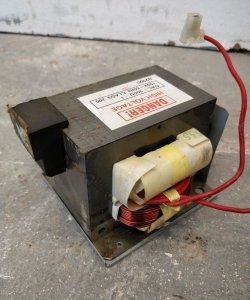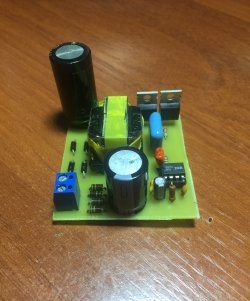After several cases of the mouse batteries being discharged at the most inopportune moment, when there was no outlet at hand, I came up with the idea of creating a universal charger from improvised means that allows you to charge the batteries from a laptop.
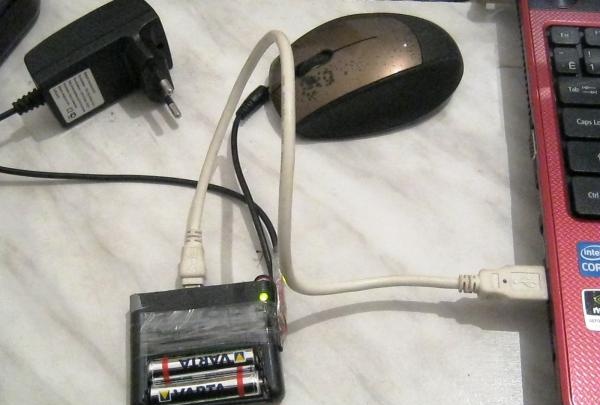
For greater versatility, the ability to charge a phone was also added by connecting a plug in parallel to charge the phone, as a result, even while on the road, you can charge your mobile phone without any problems.
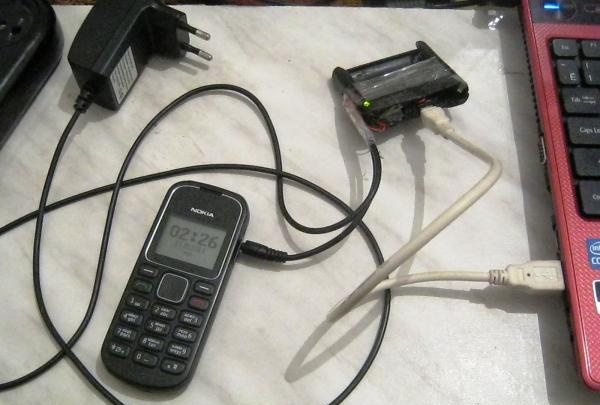
And so, to create this device, we used the back part of a broken control panel, for example from a TV. In general, the main thing is that there is a working compartment for AAA batteries, we just need to take it and saw it off for later use in the device.

Now we already have a compartment for batteries, then we take any old charger and cut off the plug on it, as a rule, there will be two wires - red (+) and black (-), the main thing is not to confuse it. It is strictly forbidden to connect the charger directly to the batteries for your own safety; the power source to the batteries will be connected through a special microcircuit, which is found in any telephone battery; it serves precisely to limit the power supply when the batteries are fully charged.
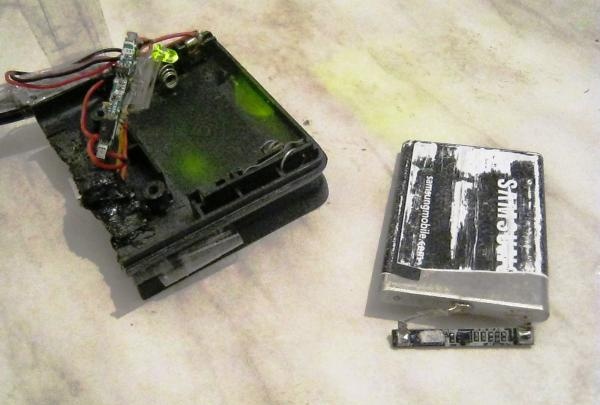
Connecting this circuit is not difficult; the advantage for the charger will be the contact soldered to the body of the battery itself, although in fact each contact is usually labeled, the main thing is not to confuse the input with the output.
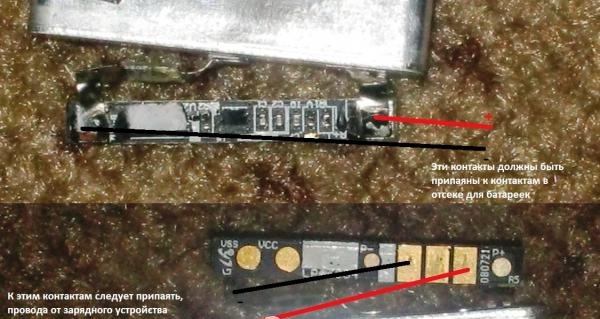
The next step is to install a mini usb socket in the device, it can be taken from any broken player or phone, connecting it is very simple: the first contact is plus, the fifth is minus, it should be connected to the input above the specified microcircuit.

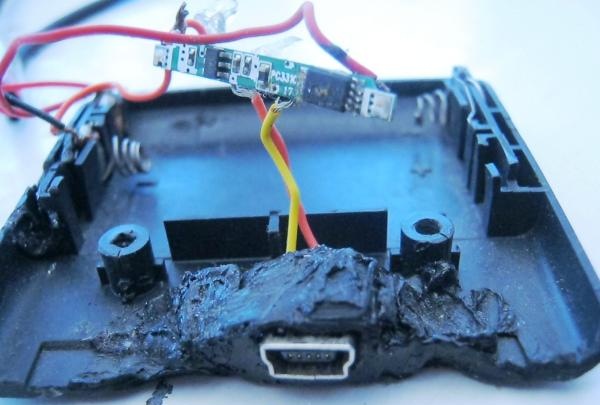
For indication, charger operation, convenient to use Light-emitting diode taken, for example, from a lighter with a flashlight, it must be soldered through a resistance of 150 to 500 Ohms to the outputs of the microcircuit.
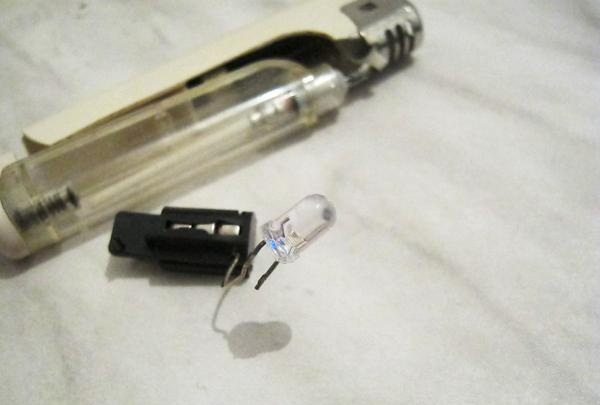
Having collected all this, we get a universal charger with the ability to charge the phone and batteries, both from a laptop or computer, and from the network.
